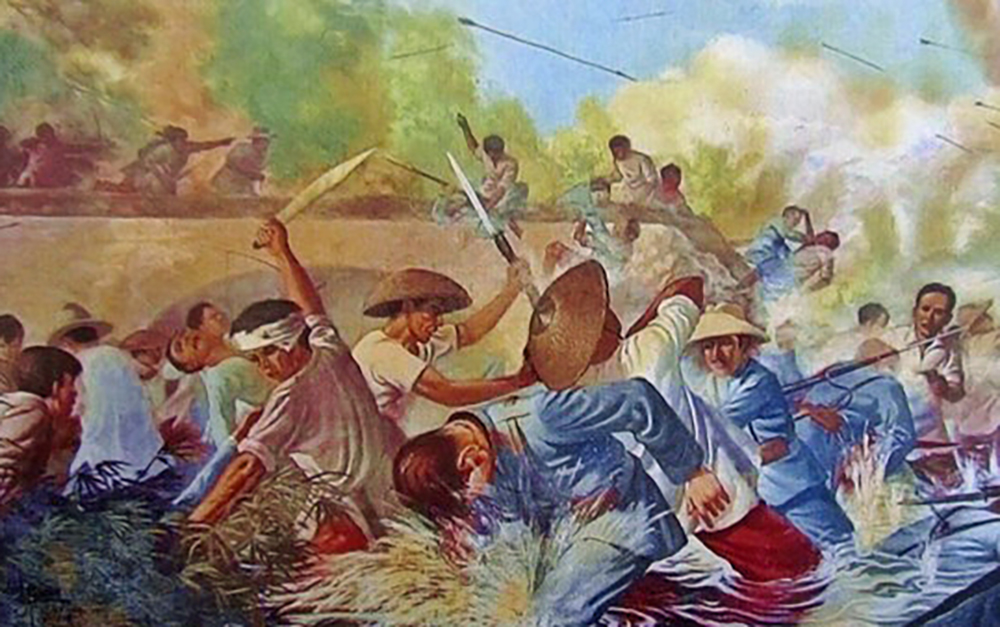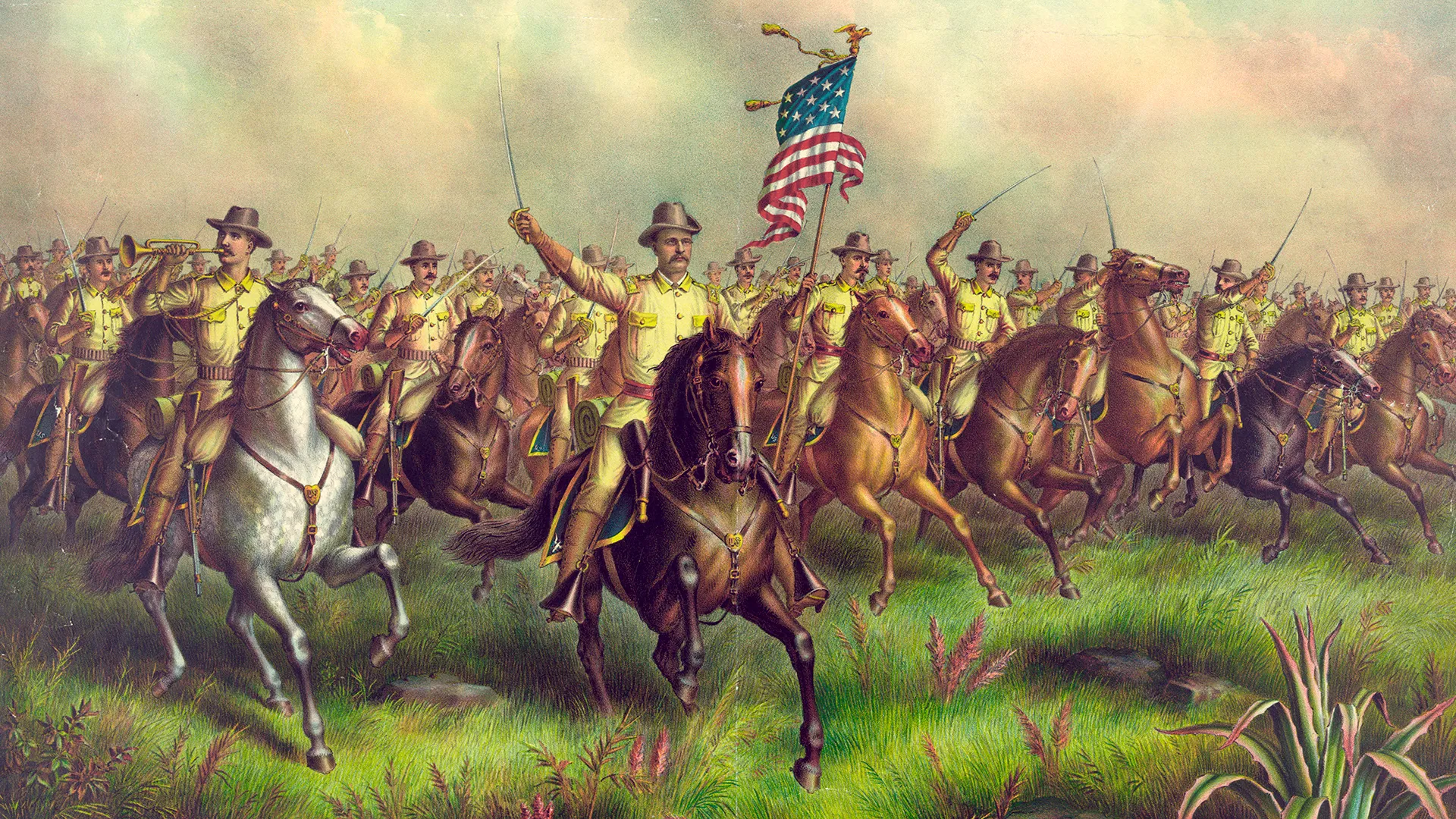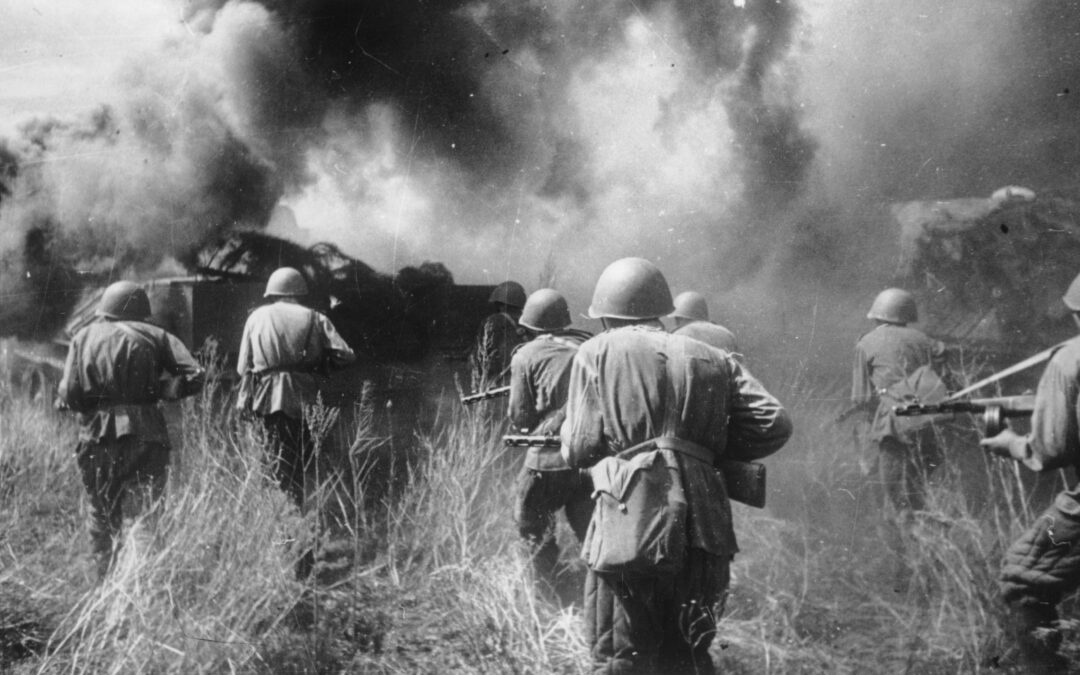It might be difficult today to imagine the United States as a true colonial power, but in the years following the 1898 Spanish-American War, the U.S. became a major global power. The idea of American Imperialism crept into the public consciousness for the first time. During the war, the United States captured several key Spanish possessions, including Puerto Rico, Guam, and the Philippines. The War in the Philippines At first, it looked as if the U.S. was fighting to grant the Philippines its independence, but when the Americans annexed the islands instead, the resistance fighters that fought the Spanish started fighting the Americans. Combat in the Philippines meant bloody ambushes, lightning-fast raids, and fierce hand-to-hand combat at times. American forces suffered more troops killed in action in the first four months of fighting in the Philippines than they suffered in the entire Spanish-American War. No rebel group fought more fiercely than the Muslim Moros of the...


